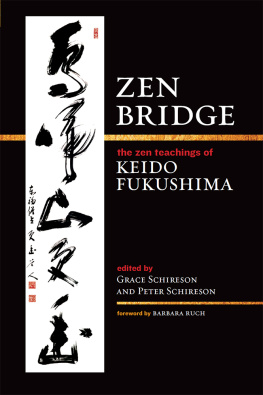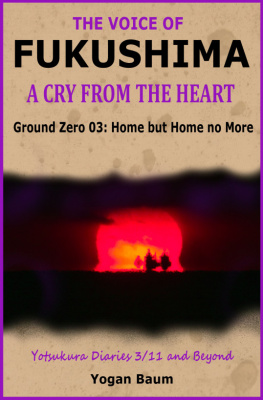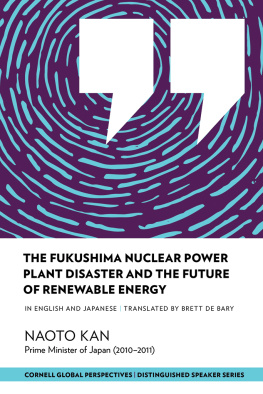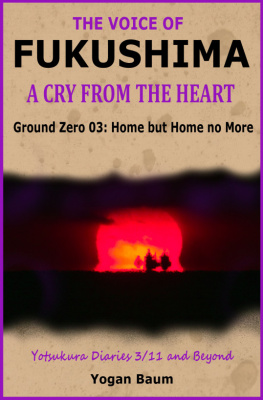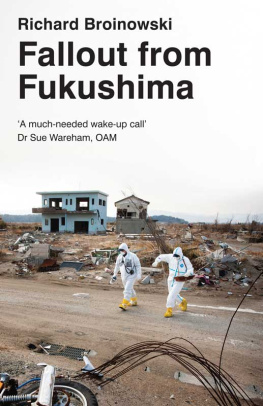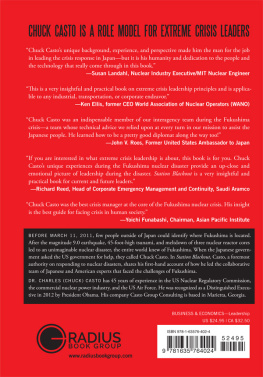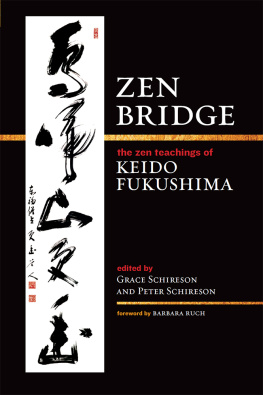About the Author

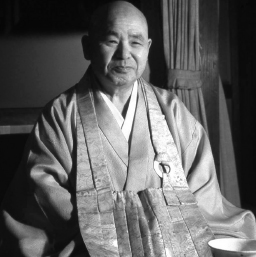
KEIDO FUKUSHIMA ROSHI trained under Zenkei Shibayama Roshi, one of the most famed Rinzai Zen masters of the twentieth century. Fluent in English, Fukushima Roshi had a special rapport with Western students, some of whom have become Zen teachers. He became head abbot of Tofukuji in Kyoto, making him the leader of one of the main Rinzai sects in Japan. He passed away in 2011.
About the Editors

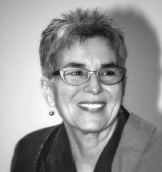
MYOAN GRACE SCHIRESON is a Zen abbess and president of Shogaku Zen Institute (a Zen teachers training seminary), and a clinical psychologist. She received Dharma transmission from Sojun Mel Weitsman Roshi of the Suzuki Roshi Zen lineage, and the late Fukushima Keido Roshi of Tofukuji monastery, Kyoto, asked her to teach the koan she studied with him during her practice there. She lives in California.
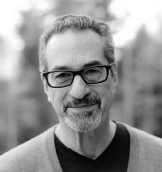
PETER SCHIRESON studied koans with Fukushima Roshi and is a Dharma heir in the Suzuki Roshi Soto Zen Lineage. He has had an active career in education and business and is a published poet. He lives in California.
Acknowledgments

WE WOULD LIKE TO THANK the many people who have helped to bring about this book. For their patient, skillful help with transcriptions of Fukushima Roshis lectures we are grateful to Tom Hawkins, Sara Hunsaker, and Egyoku Nakao Roshi. Thanks also to John Merillat for his help with the transcripts and to Hide Yatabe for his translations of correspondence with friends and teachers in Japan.
We are also most grateful to our friends in Kyototo Zentaro Morioka and the Morioka family and to the Nishida family for their hospitality, to Professor K. Matsuura for his friendship and insight, to Jeff Shore for his hospitality and assistance, to the monks of Tofukuji monastery for their patience and kindness, to Professor Barbara Ruch for her dedication and generosity, and to Michikaku Mizutani of Sekisen Gallery for his assistance with Fukushima Roshis calligraphy. And we especially wish to thank Harada Roshi, current abbot of Tofukuji, for his assistance.
Finally, our thanks to our kind and skillful editors at Wisdom, Andy Francis, Josh Bartok, and Brianna Quick.
Join Wisdoms mailing list and find out what to read next!
Receive the latest news and updates from Wisdom, including new releases and special offers.
Click here to sign up.


Stop and Look Under Your Own Feet
Look at your own feet; examine yourself and what you are doing.
IN ZEN WE SAY, Look under your own feet (kyakka shoko). These are the words of Master Sanko Kokushi (12711361). He inscribed this message near the bottom of a large pole at the entrance to the kitchen at his temple. Because he wrote the message near the bottom of the pole, visitors read it as a request that they arrange their shoes neatly. But this is not the Zen meaning of the expression.
Nowadays, people dont arrange their shoes neatly because they are not taught to do so within the family culture at home. So, in a way, understanding Look under your own feet to be an encouragement to straighten your shoes is good. But the actual source of the expression was a mondoa public dialoguebetween Sanko Kokushi and a disciple.
The disciple asked him, What is the meaning of Bodhidharma coming to China from India?
Look under your own feet, Sanko Kokushi replied.
Bodhidharma carried Zen from India to China. So the disciples question amounts to asking, What is Zen? Sanko Kokushi answered with this one phrase: Look under your own feet.
Newspapers sometimes invert the phrase so it reads shoko kyakka. But Sanko Kokushi expressed the true meaning, the correct phrase. A literal Japanese reading would be the foot (kyakka) upon which the light shines (shoko). The foot comes first, but not someone elses foot; its your own foot! Consider your own actions! This is a teaching about self-examination, introspection. People neglect to examine themselves, to really look thoroughly at their own feet, to truly self-reflect. People tend to look at others and forget to examine themselves. Sanko Kokushis teaching is about keenly looking at ourselves, with a steady gaze.
I was among the last generation to pass through the old Japanese system of education. At the end of World War II, I was receiving the last of that old-fashioned system. I experienced the bombing and then the rebuilding of Japan thereafter. When Japan lost the war, the economy bottomed out and everyone began to scramble to rebuild, including even those who were supposed to be guardians of the temples. As a result of all this scrambling, Japans economic growth after the war has earned special mention in world history.
But now the force of our own momentum drives us to move too quickly, pushed by our habitual scrambling. When you rush, you forget things. You dont even notice when you drop something. We have forgotten one thing in the last fifty years of scrambling: our souls or hearts (kokoro). These last fifty years have brought material improvement, but we have not developed the life of the soul, the spiritual life. So now we Japanese people have a rich material life, but the Japanese heart, the Japanese soul, suffers from a kind of vacancy. This is the situation in which we find ourselves in Japan.
As a monk living in the modern world I believe that in order to really watch yourself you must first come to a stop. When you come to a stop you can then see the world. Coming to a stop and pausing, you can understand the world. We have an expression in Japanese that communicates the importance of taking time to notice: Looking at a friends back. Friends may not look so happy when you look at their backs. At such times, you may realize your own back is unhappy too. Such realization is only possible if we come to a stop. If youre in a rush and walking in the wrong direction, for example, you may go a long distance without noticing the mistake you are making. When you stop, you can realize your mistake and make the necessary correction.
Once a month I travel to Osaka by train to give a Zen lecture. If I arrive early, I get off the train at the shopping level of the station and watch the people of Osaka as they shop. They are a representative sample of modern-day Japanese people rushing around. Egotism sprouts like horns and shoppers resemble stampeding buffalos. This is not only the case in Osaka; its the same in Nagoya, Kyoto, and especially Tokyo. The scramble and rush is characteristic of every big city in Japan, and people probably scramble the fastest in Tokyo.
I was standing by a pole in the station watching people and thinking about how they were rushing around. A high school student ran into me and said, Watch where youre going, you shit monk!
Next page
